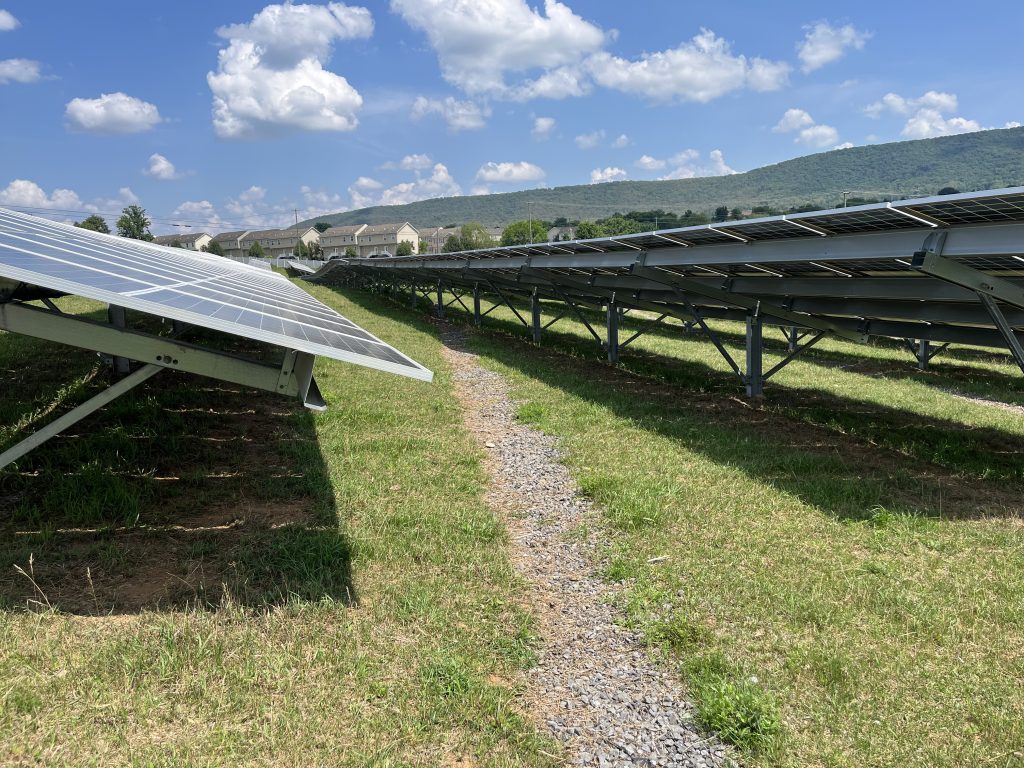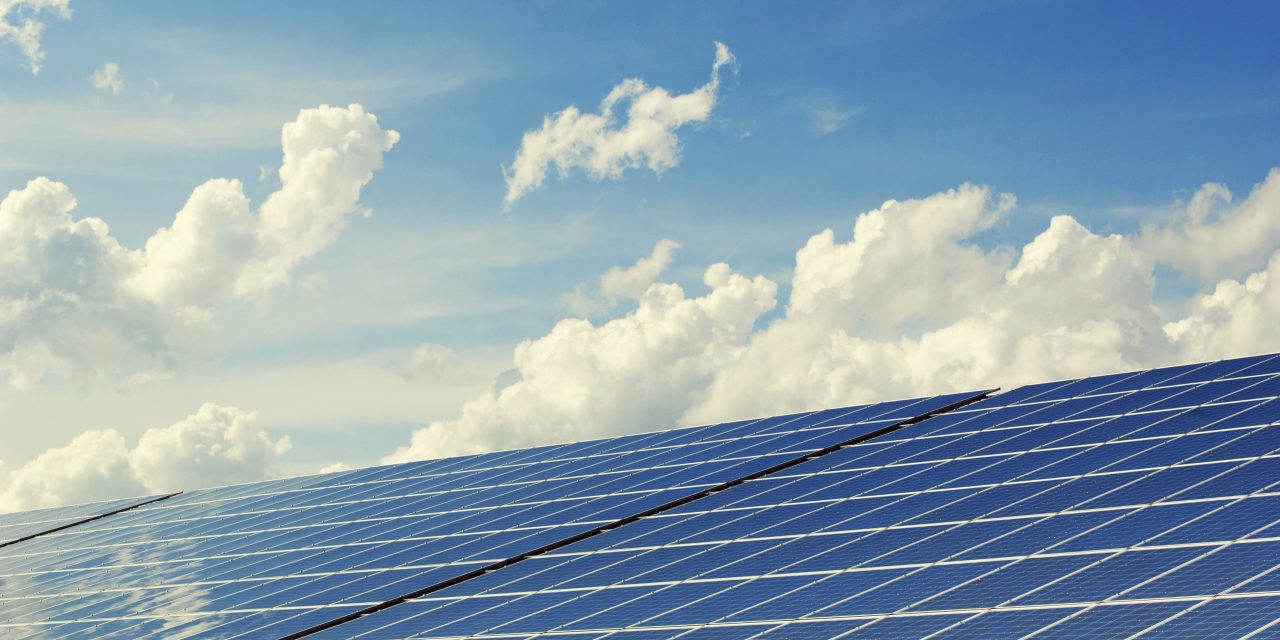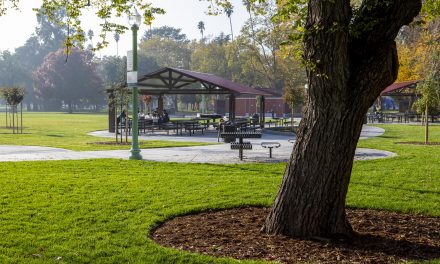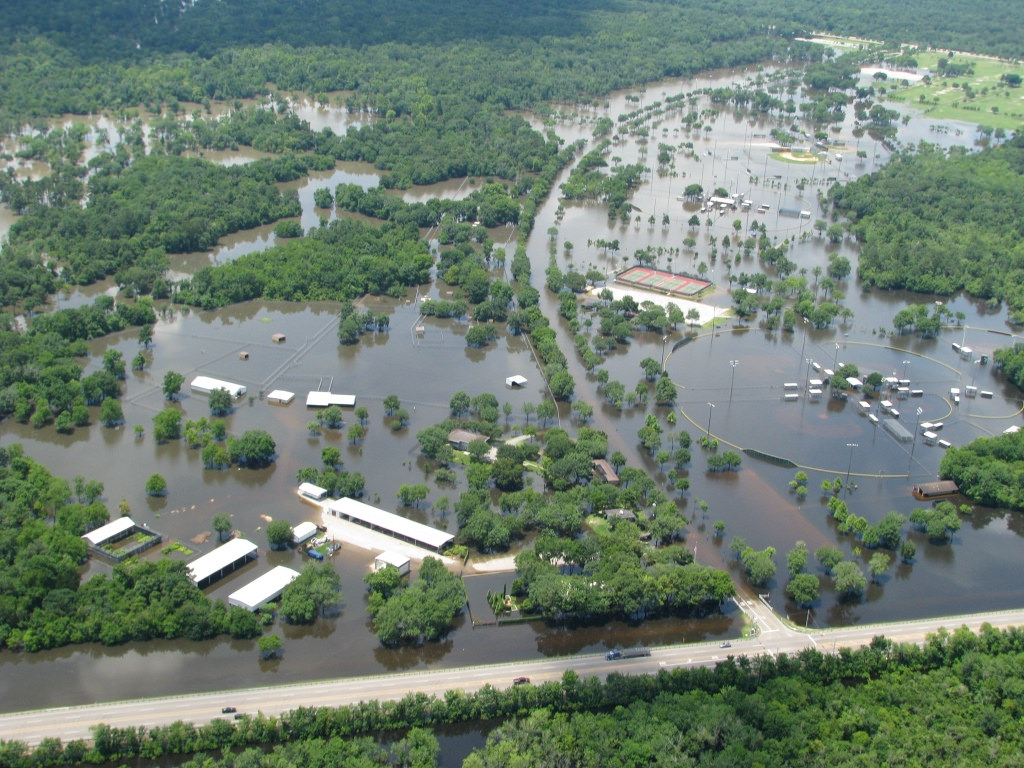Similar to green infrastructure, which performs better or worse according to where it resides and the design elements it includes, large-scale solar farms also rely on thoughtful planning.
Proper siting is among the most important elements of solar-farm planning. While farms located on flat land may occupy valuable agricultural space, those situated on rugged terrain or steep slopes could exacerbate issues with excessive stormwater runoff and erosion because solar panels are impervious to water.
Understanding those effects and how to mitigate them is critical to avoid erosion and flooding, particularly as more U.S. states push for green energy. For example, Virginia passed the Clean Economy Act in 2020, mandating a transition to 100% renewable energy by 2050, requiring the construction of as many as 65,155 ha (161,000 ac) of new solar farms.
Researchers are studying new ways to plan and deploy large-scale solar farms to inhibit runoff generation and mitigate erosion — challenges that, if solved, could make solar farms a more attractive and versatile option for sustainable energy. Their results suggest that simple design modifications can eliminate stormwater management concerns associated with solar farms.
Farming For Data in Pennsylvania
To determine the effects of solar farms on erosion and stormwater runoff, Penn State University (University Park, Pennsylvania) researchers conducted a year-long field investigation of soil moisture patterns, solar radiation, and vegetation at two solar farms built on sloped land in central Pennsylvania. They published their findings in the Journal of Hydrology.
Soil analysis at both solar farms revealed that the dripline soil moisture — ground directly beneath the lower edge of the panels that collects that most runoff — was 19% higher than nearby land, and the soil moisture directly under the panels was 25% lower than nearby land.

Despite monitoring showing reduced evapotranspiration under panels during summer months, a vegetation survey showed that both solar farms in the study had nearly complete ground coverage beneath the panels, which is crucial for enhancing infiltration and minimizing erosion.
Study authors note that healthy vegetation and well-draining soils can help control runoff on solar farms. On more intense landscapes that do not support vegetation or feature steep slopes, engineered stormwater controls can manage any unmitigated runoff. For example, an open interspace between panel rows and engineered infiltration basins and trenches at both solar farms managed the runoff at the panel driplines during heavy precipitation events.
“While our observations document clear alteration in natural hydrologic patterns, they also demonstrate that adequately sized vegetated spaces between solar panel rows, and in some cases, structural stormwater management, can manage these changes,” said Lauren McPhillips, Assistant Professor in Civil and Environmental Engineering at Penn State. “These types of insights, along with investigation of how land management on solar farms can affect other ecosystem services, can allow us to facilitate this critical transition to renewable energy with minimal ecosystem impact.”
Studying Solar, Soil, and Stormwater in Virginia
Meanwhile, researchers at Virginia Polytechnic Institute and State University (Virginia Tech; Blacksburg) have released a white paper charting best practices for reducing soil erosion and runoff at solar farms. Although not peer-reviewed, this paper is the initial output of a 6-year, USD $6 million study set to continue through 2029.
The research team selected six sites across Virginia — three fully developed and revegetated solar sites, and three monitored from pre-development through installation, revegetation, and full operation. Each solar farm has multiple monitoring locations to collect data on rainfall, surface water levels, air temperature, and specific conductance. Additionally, researchers are analyzing flow-weighted composite samples from storm events for pH, sediment, nitrogen, phosphorus, and other potential contaminants.
Preliminary suggestions include testing soil health and gathering vegetation data prior to developing large-scale solar farms to potentially reduce any negative effects before they occur. To promote infiltration and limit runoff generation, authors urge land managers to minimize overall soil disturbance as much as possible, such as by limiting grading.
“Solar is probably going to be the number one land-use change that will occur over the next decade in many parts of Virginia, particularly in existing agricultural and forested areas,” said Ryan Stewart, Associate Professor of Plant and Environmental Sciences at Virginia Tech, in a release. “Even if it’s not your neighbor’s property, these sites will be somewhere nearby. We’re collecting the data we need to do solar right.”
Top image courtesy of andreas160578/Pixabay

ABOUT THE AUTHOR
Michelle Kuester is a staff member of the Water Environment Federation, where she serves as Associate Editor of Stormwater Report and Water Environment & Technology magazine. She can be reached at mkuester@wef.org.







